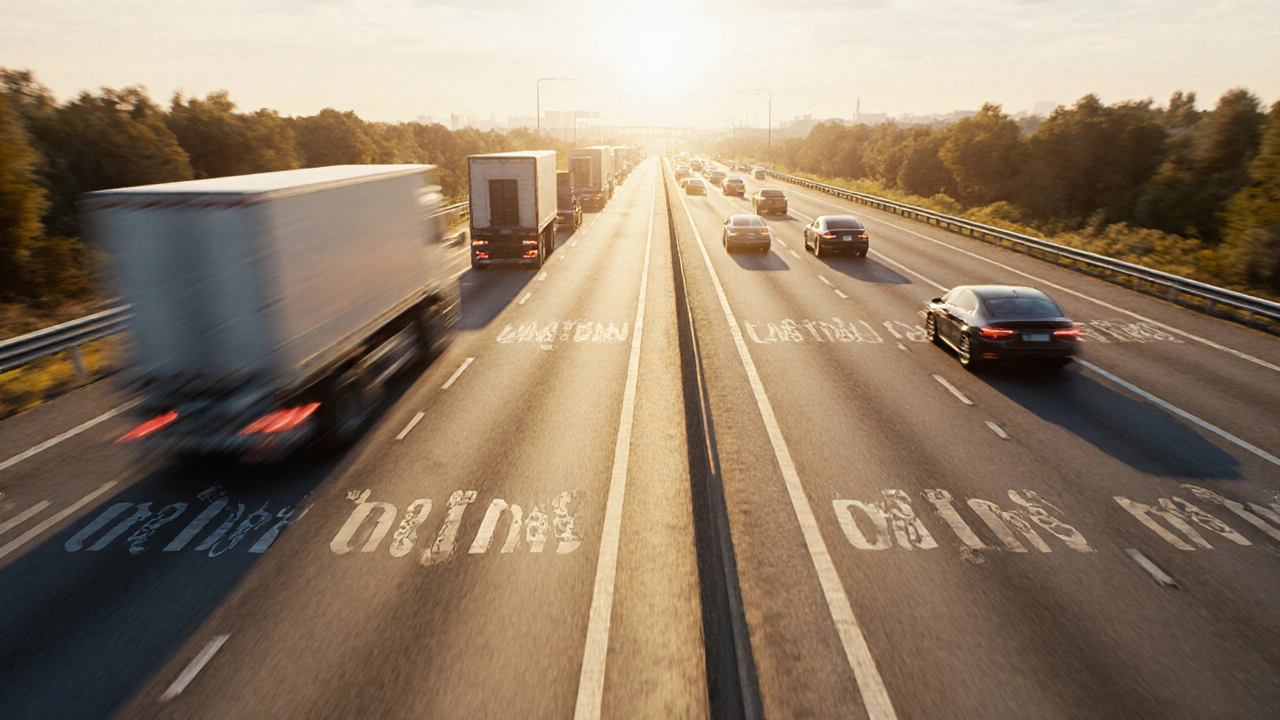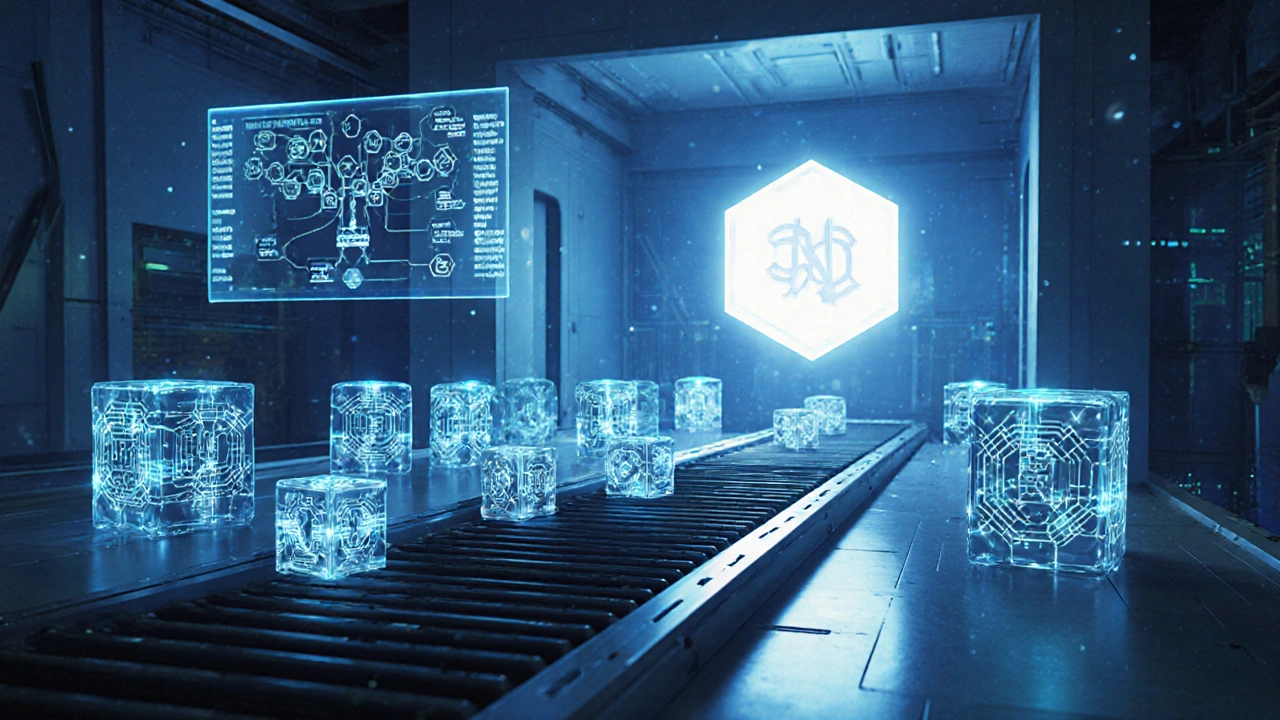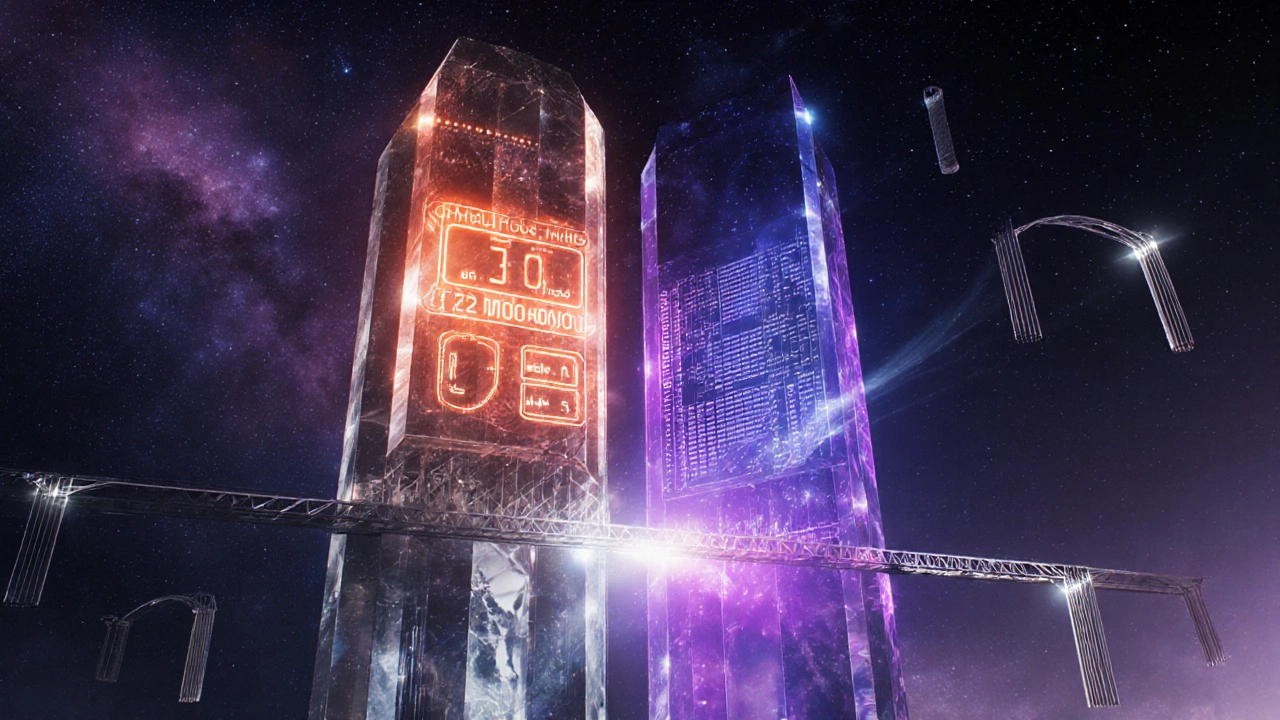How Layer 2 Scaling Works: A Simple Guide

Quick Summary
- Layer 2 scaling moves work off the main blockchain to boost speed and cut fees.
- Four main families: rollups, state channels, Plasma and sidechains.
- Rollups bundle many transactions and post a single proof to the base chain.
- State channels let participants transact instantly and settle later.
- Security varies: rollups inherit most security from the base chain, sidechains trade some of it for independence.
When crypto users complain about high fees or slow confirmations, the answer usually lies in Layer 2 scaling. By shifting heavy lifting off the base ledger, these solutions keep the core network safe while delivering the speed users expect from modern apps.
What is Layer 2 Scaling?
Layer 2 scaling is a collection of protocols that process transactions outside the main blockchain (the Layer 1) and periodically anchor data back to it. Think of the base chain as a slow, sturdy highway and Layer 2 as express lanes that bypass congestion. The core chain still validates the final state, but most of the work happens in a lighter, faster overlay.
Why Do Blockchains Need Layer 2?
Public blockchains like Bitcoin and Ethereum were designed for trustlessness, not raw throughput. As more users join, each block can only hold a limited number of transactions, leading to two big problems:
- High fees: When demand spikes, miners or validators prioritize the highest‑paying transactions, driving costs up.
- Slow confirmations: Users may wait minutes-or even hours-to see their transfers finalized.
Layer 2 solutions address both issues by compressing many actions into one on‑chain proof, or by settling only when parties agree to close the channel.
Main Types of Layer 2 Solutions
The ecosystem clusters around four prototypes. Each has its own trade‑offs, so developers pick the one that matches their app’s needs.
Rollups
Rollup is a Layer 2 construction that aggregates dozens or thousands of transactions, generates a succinct proof, and posts that proof to the base chain. Rollups keep most data off‑chain but let the base chain verify correctness, preserving security.
State Channels
State channel is a private, off‑chain ledger between a set of participants that records intermediate states without publishing each step. Only the opening and closing transactions touch the main blockchain.
Plasma
Plasma is a framework for building hierarchical child chains that periodically commit snapshots to the root chain. Plasma chains can run their own consensus while relying on the root chain for dispute resolution.
Sidechains
Sidechain is a independent blockchain that runs in parallel to a main chain and uses a two‑way peg to move assets back and forth. Security is separate; the sidechain’s validators secure its ledger.

How Rollups Work
Rollups come in two flavors: Optimistic and Zero‑Knowledge (ZK) rollups. Both follow a core workflow:
- Users submit transactions to the rollup’s operator.
- The operator batches them into a single block.
- A Merkle tree is built to create a root hash that summarizes all included transactions.
- For Optimistic rollups, the batch is posted with a fraud‑proof window; anyone can challenge a bad batch.
- For ZK rollups, the operator generates a SNARK/STARK proof that mathematically guarantees the batch’s validity, then posts that proof.
- The base chain verifies the proof (or accepts the batch after the challenge period) and records the new state root.
Because only one proof or hash lands on‑chain, hundreds of transactions cost the price of a single on‑chain write.
How State Channels Work
State channels are ideal for rapid, repeat interactions between a fixed set of participants (e.g., two parties in a game).
- Both parties lock a predefined amount of cryptocurrency in a multi‑signature escrow contract on the base chain.
- Off‑chain, they exchange signed messages that represent updated balances or contract states.
- Each new message supersedes the previous one, so the latest signed state is the authoritative one.
- When participants are done, they submit the final signed state to the escrow contract, which releases the funds accordingly.
- If a dispute arises, either party can publish the last agreed‑upon state to the base chain, triggering a timeout that forces the other party to respond.
Because no intermediate messages hit the blockchain, confirmations are instantaneous and fees are near‑zero.
Plasma and Sidechains Explained
Plasma builds nested child chains that operate under the security umbrella of the root chain. Validators on a Plasma chain produce blocks, then commit a block hash to the main chain every few minutes. If users detect fraud, they can exit the Plasma chain by submitting a proof of inclusion back to the root chain, forcing a withdrawal of their assets.
Sidechains are fully independent networks. Users move assets by locking them on the main chain and minting equivalent tokens on the sidechain (the “peg”). When they want to return, the sidechain burns the tokens and releases the locked assets on the main chain. Since the sidechain runs its own consensus, security depends on its validator set rather than the base chain.
Security and Trust Assumptions
Not all Layer 2 solutions inherit the same level of security:
- Rollups*: Optimistic rollups rely on honest majority and a challenge period; ZK rollups provide provable correctness regardless of operator honesty.
- State channels*: Trust is limited to the two participants and the escrow contract; the channel can be closed at any time.
- Plasma*: Users must monitor the chain to ensure timely exits; otherwise they risk losing funds if an exit window closes.
- Sidechains*: Security is only as strong as the sidechain’s validator set; a compromised sidechain can censor or rewrite history.
Understanding these nuances helps developers choose the right tool for their risk profile.

Using Layer 2 in Practice
For everyday users, the steps are straightforward:
- Pick a wallet that supports the desired Layer 2 (e.g., MetaMask with Optimism, Argent with zkSync).
- Bridge assets from the main chain to the Layer 2 via a trusted bridge UI.
- Perform transactions-swaps, payments, NFTs-directly on the Layer 2; they will feel instant.
- When you need to move funds back, initiate a withdrawal; some solutions (Optimistic) may require a waiting period of up to a week.
Developers integrate Layer 2 by adding the chain’s RPC endpoint, using the appropriate smart‑contract libraries, and ensuring their UI informs users about any exit delays.
Future Trends
Layer 2 is evolving fast:
- Hybrid rollups that combine Optimistic and ZK techniques aim to balance scalability with low latency.
- Cross‑rollup bridges are emerging, allowing assets to move between different rollup ecosystems without returning to Layer 1.
- Ethereum’s upcoming sharding upgrade (expected 2026) will introduce native data availability layers, blurring the line between Layer 1 and Layer 2.
As these advances roll out, users can expect even cheaper, faster, and more private blockchain experiences.
Comparison of Popular Layer 2 Approaches
| Solution | Tx Speed (per sec) | Typical Cost (USD) | Security Model | Best Use‑Case |
|---|---|---|---|---|
| Optimistic Rollup | 2,000‑5,000 | 0.001‑0.01 | Relies on fraud proofs; inherits main‑chain security after challenge period | DeFi, NFTs |
| ZK Rollup | 5,000‑10,000 | 0.001‑0.005 | Mathematical proof; strongest security guarantee | Payments, privacy‑focused apps |
| State Channel | Instant | ~0 (only opening/closing fees) | Security limited to participants and escrow contract | Gaming, micro‑payments |
| Sidechain | 1,000‑3,000 | 0.001‑0.02 | Independent validator set; not directly secured by main chain | Experimentation, high‑throughput dApps |
Frequently Asked Questions
What is the main difference between Optimistic and ZK rollups?
Optimistic rollups assume transactions are valid and let anyone challenge them within a set window. ZK rollups generate a cryptographic proof that mathematically guarantees correctness, removing the need for a challenge period.
Do I need a special wallet for Layer 2?
Most popular wallets now support major Layer 2 networks. You just enable the network (e.g., Optimism, zkSync) or use a dedicated app that handles the bridging for you.
Can I move assets directly from one rollup to another?
Cross‑rollup bridges are emerging, but many users still route assets through the base chain. The process typically involves withdrawing to Layer 1, then depositing into the target rollup.
Are state channels only for two users?
While the simplest channels involve two parties, multi‑party state channels exist (e.g., payment channel networks) that allow many participants to interact off‑chain.
What risks should I watch out for when using a sidechain?
Since security comes from the sidechain’s validator set, a coordinated attack could censor or rewrite history. Always assess the validator decentralization and consider keeping most of your value on the main chain.